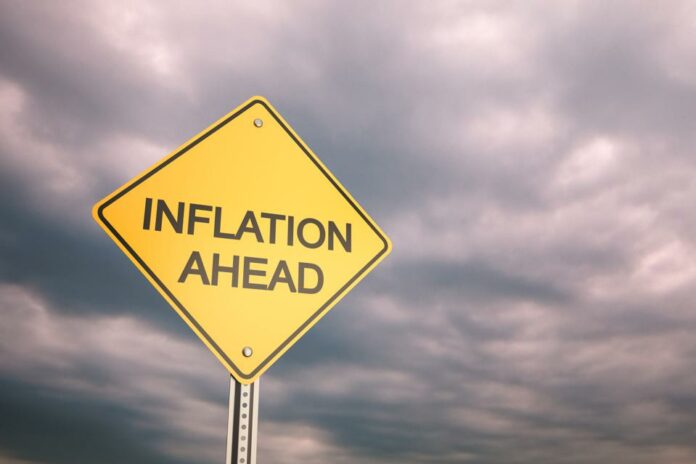In India, inflation is given a free pass. Policymakers appear to assume that keeping interest rates low and allowing prices to rise for a while will encourage investment and employment, as well as boost post-pandemic growth. However, the relationship between output, jobs, and pricing may be more complicated in reality. Ignoring inflation could lead to it biting you.
India’s leaders are well aware that onion prices can determine whether or not an election is won or lost. With only 83 million individuals employed in salaried jobs in a country of 1.4 billion people, households do not have much wage bargaining leverage to cope with rising living costs. What’s less well understood is the impact of price differentials on producers, particularly small businesses hit hard by the pandemic and operating on razor-thin profit margins.
In January, India’s wholesale pricing index, which tracks items at factory gates, increased by over 13% over the previous year. Even while the benchmark consumer price index, which includes services, has only lately broken the top of the central bank’s tolerance range of 2 percent to 6 percent annual growth, the gauge has been in double digits for ten months.
Despite this, the Reserve Bank of India seems optimistic about future inflation, leaving the market speculating as to whether interest rates will rise further this year. The RBI is jeopardizing its reputation in the name of a little additional growth. Is it even worth it to make this trade-off if rising prices drive small businesses out of business?
Consider the difference of 7% between wholesale and consumer inflation as a cost squeeze. Not many producers can handle the strain in the same way. Smaller manufacturers of ordinary consumer items obtained only 2% of the growth in sales value from a year earlier in the September quarter, when the economy opened up after a catastrophic second wave of the pandemic. According to NielsenIQ, large corporations took 76 percent of the market, with mid-sized businesses accounting for the balance.
According to the data source, input cost challenges have led businesses to hike prices, particularly for food and cooking mediums. According to NielsenIQ’s analysis, “this has had a significant impact on small manufacturers.” Almost a quarter of India’s staples market is supplied by companies with sales of less than 1 billion rupees ($13 million). There were 14% fewer of them in the third quarter of 2021 than a year earlier.
Some may have folded as a result of the pandemic’s disruption. Others are going out of business because, unlike larger competitors who can absorb some of the increases in commodity costs, smaller businesses’ already stressed finances force them to pass the expenses on to consumers. Only a small percentage of those who try to succeed. Because it is cheaper to import refined oil, an industry body has warned that a third of India’s edible oil refining capacity may close — and transfer to Indonesia or Malaysia.
Follow and connect with us on Facebook, LinkedIn & Twitter

